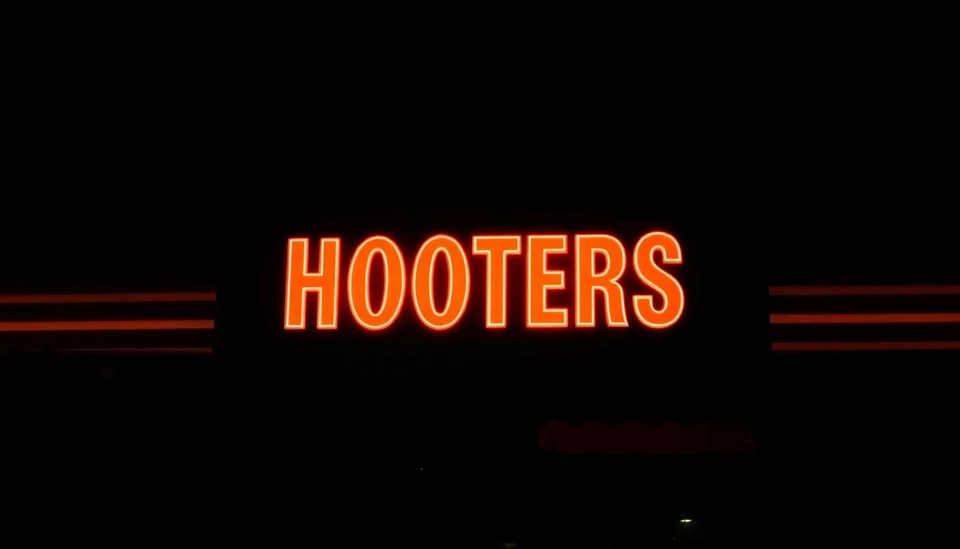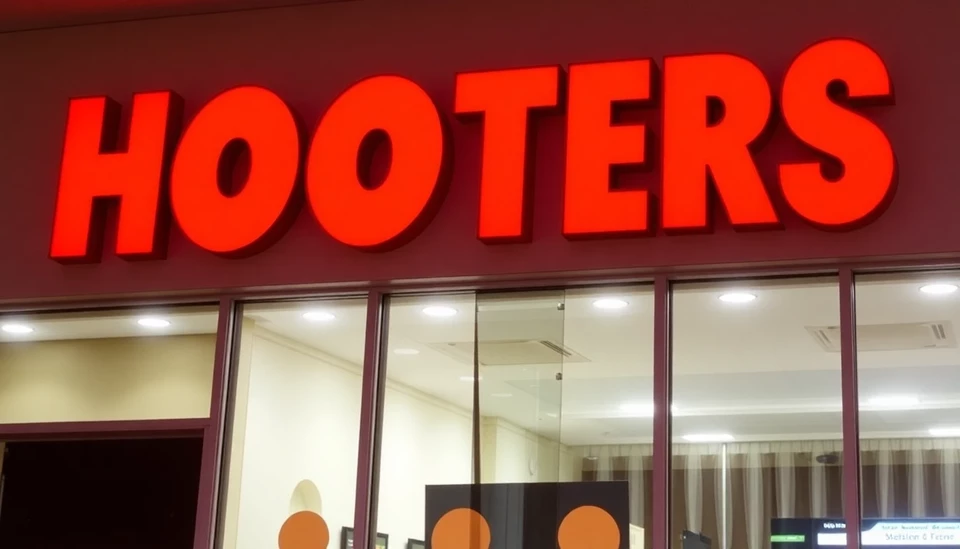
In a surprising turn of events, Hooters, the iconic restaurant chain known for its scantily clad waitstaff and chicken wings, has declared bankruptcy. This move marks a pivotal moment in the company’s journey, as it finds itself having to rethink its brand identity and operational strategies. The founders of Hooters, who originally launched the chain in 1983, are set to oversee a significant restructuring process aimed at renewing the establishment's appeal and ensuring financial viability.
In the wake of the announcement, fans of the chain are grappling with the implications of the bankruptcy. This restructuring comes with a notable shift in the company’s marketing and business model—most prominently, the ending of the infamous "Bikini Nights," an event that had become synonymous with the Hooters brand. The decision aims to transition the restaurant into a family-friendly dining experience rather than a bar-like environment that catered predominantly to adult patrons.
The transformation will also include a rebranding effort that highlights the menu's culinary offerings rather than the traditional Hooters aesthetic. Executives hope that by attracting families and diversifying the customer base, Hooters can rejuvenate its image and financial performance. With a focus on wholesome dining experiences, the chain plans to elevate its food quality and broaden its menu to cater to a wider audience, including healthier options that can appeal to diners of all ages.
As part of this transformation, the founders will host family-friendly events that emphasize community involvement, such as weekend brunches and special activities for children. These initiatives are aimed at fostering a sense of community while also driving traffic to their locations, thus providing a new avenue for revenue amidst ongoing financial challenges.
While the decision to move away from its trademark elements may ruffle some feathers among loyal customers, the Hooters team is optimistic. They are betting that reorienting the brand toward family inclusiveness will revitalize the franchise and enhance customer loyalty. This could set a benchmark for other similar establishments grappling with the dual challenges of delivering pleasure and financial viability.
Industry analysts have been quick to weigh in on the impact of Hooters' decision. Many suggest that despite the nostalgia attached to Hooters' past branding elements, the shift could be beneficial in the long run. By prioritizing a broader customer base, the company stands a chance to emerge stronger from this transition, avoiding the fate of other chains that have struggled in recent years.
As Hooters embarks on this ambitious journey of reinvention, the ability to adapt will be key. The ultimate aim is to not only survive but thrive in a competitive dining landscape that has continually evolved over the last few years.
In summary, the founders of Hooters are set on a path to redefine the brand while embracing family-friendly dining. This bankruptcy restructuring could be a turning point for the chain, one that emphasizes quality cuisine over eye-catching marketing. As the outlook for the future remains optimistic, fans and former patrons alike are watching closely to see how Hooters will adapt to this new chapter.
#Hooters #Bankruptcy #Restructuring #BikiniNights #FamilyDining #Rebranding #RestaurantIndustry #FastFoodRevamp
Author: Samuel Brooks
